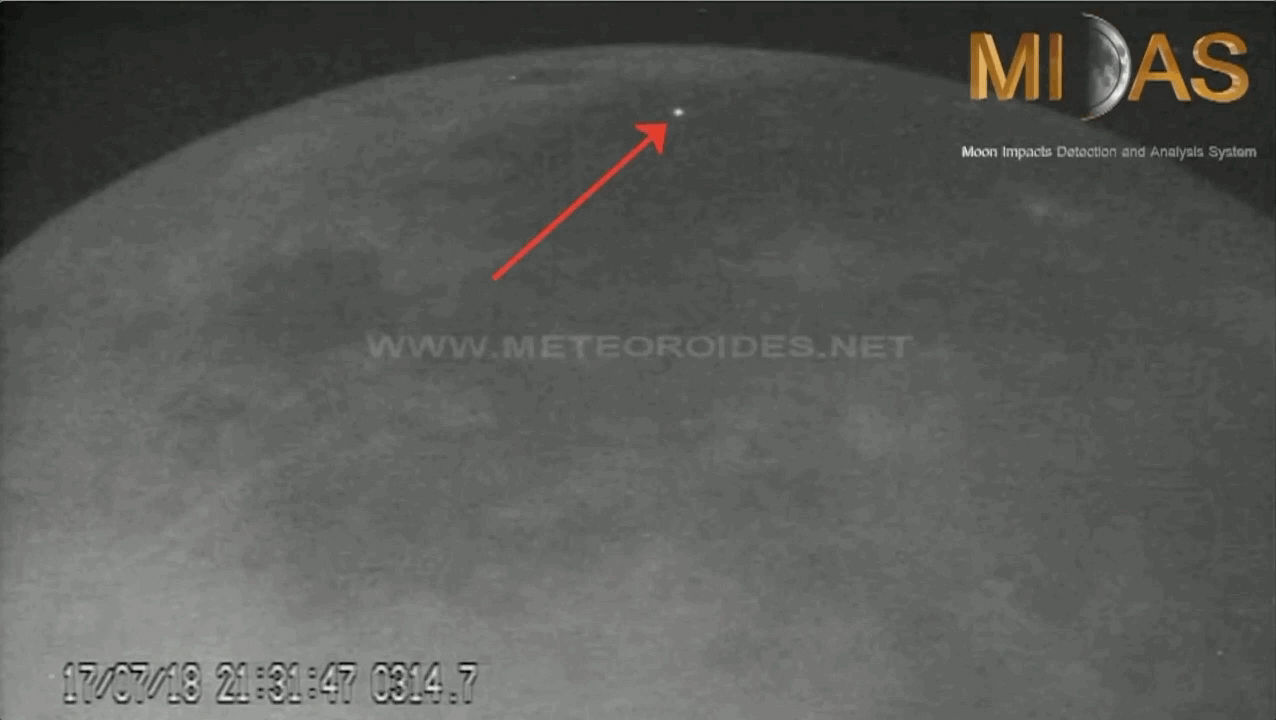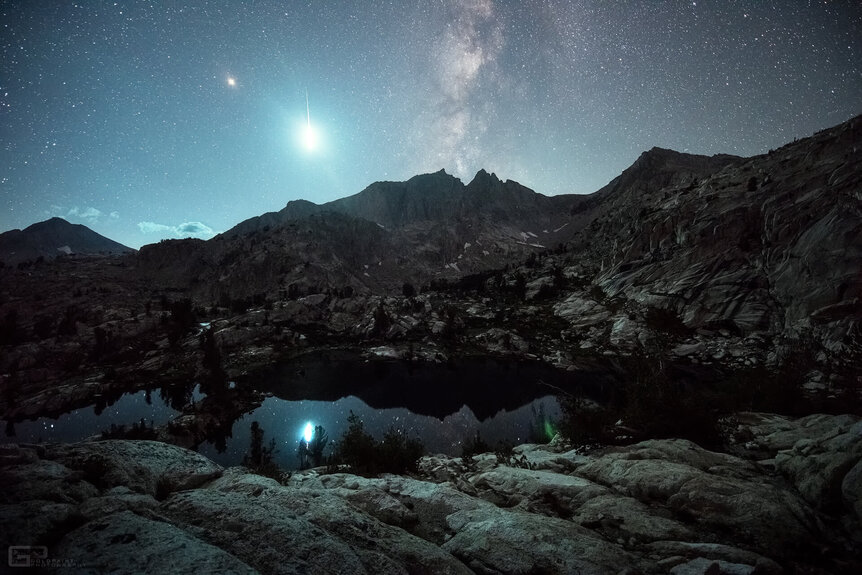Create a free profile to get unlimited access to exclusive videos, sweepstakes, and more!
Watch two meteorites hit the Moon

The Moon — and stop me if I’m going too fast — is out in space. But also out in space is a lot of debris: bits of rock and metal, detritus from comets and asteroids that orbit the Sun. This stuff can be on orbits that intersect the Moon’s, and when that happens, well, kablam.
The Earth is hit by something like 100 tons of this material every day. That may sound like a lot, but the Earth is big, and the impactors (generally) small. When something the size of a grain of sand burns up in our atmosphere it gets very hot and bright, and we see it as a meteor (the solid part is called a meteoroid, and if it hits the ground it’s a meteorite). Thousands, millions of these burn up every day in our skies.
But the Moon doesn’t have an atmosphere, so even the tiniest particle hits the surface. Impacts can be very fast, more than 30 kilometers per second, and that means a lot of energy is involved. Think of it this way: It takes a lot of energy to accelerate a rifle bullet up to a speed of 1 kilometer per second, and the amount of energy needed goes up with the square of the velocity — that means it would take nearly1,000 times as much energy to get it up to meteorite speeds.
When a meteoroid hits the Moon, all that energy is released all at once, a flash of light and heat that can be bright enough to see from Earth.
And that’s what the Moon Impacts Detection and Analysis System (MIDAS) does. It’s a series of three small(ish) telescopes in Spain, ranging in size from 24 – 40 cm. They monitor the Moon using sensitive detectors, looking for telltale flashes of impact light.
On July 17 and again on July 18, 2018, they spotted two flashes almost exactly a day apart, impacts from two small meteoroids. Here’s the video:
So cool! The Moon was under a week old (that is, a waxing crescent) when the meteoroids hit. The first happened near the crater Grimaldi (seen as a dark oval near the top of the frame) and the second by Mare Humorum (the dark patch at middle left)… both of which were created in far, far larger impacts themselves.
The press release identifies the meteoroids as likely being part of the weak Alpha Capricornids meteor shower, a stream of debris shed by the comet 196P/NEAT. This is possible; the shower starts around July 15 and lasts for about a month. It’s such a weak shower, though, that I’m not 100% convinced this is the origin of the impactors.
However, going with that assumption, that gives us an impact velocity. Given how bright they were, that means the meteoroids were probably pretty small, maybe a few centimeters across. It’s amazing something that small can produce so much energy, but speed is the key here.
This isn’t the first time impact flashes have been seen; they’re actually caught quite often (like here and here and here). That’s good! Seeing these on the Moon gives us a better handle on how many bits of material are out there, anchoring the low end of the distribution of such stuff. At the bigger end… well, those don’t happen very often, and thank goodness for that.
But that’s why we study such things. Which rocks have us in their crosshairs is something I’d like to know, and the bigger they are the more in advance I want to know. Projects like MIDAS are helping us understand all that better.



























